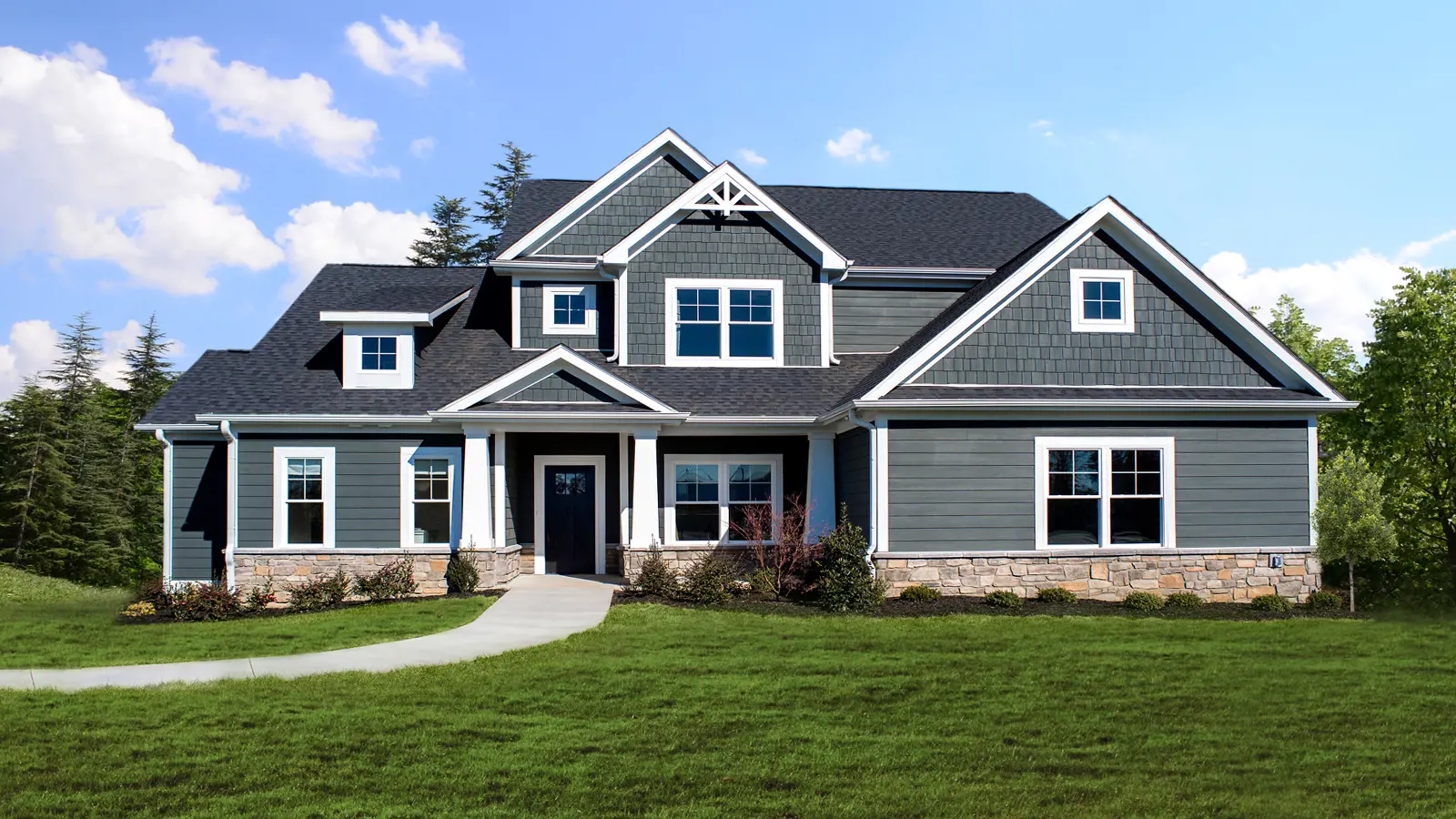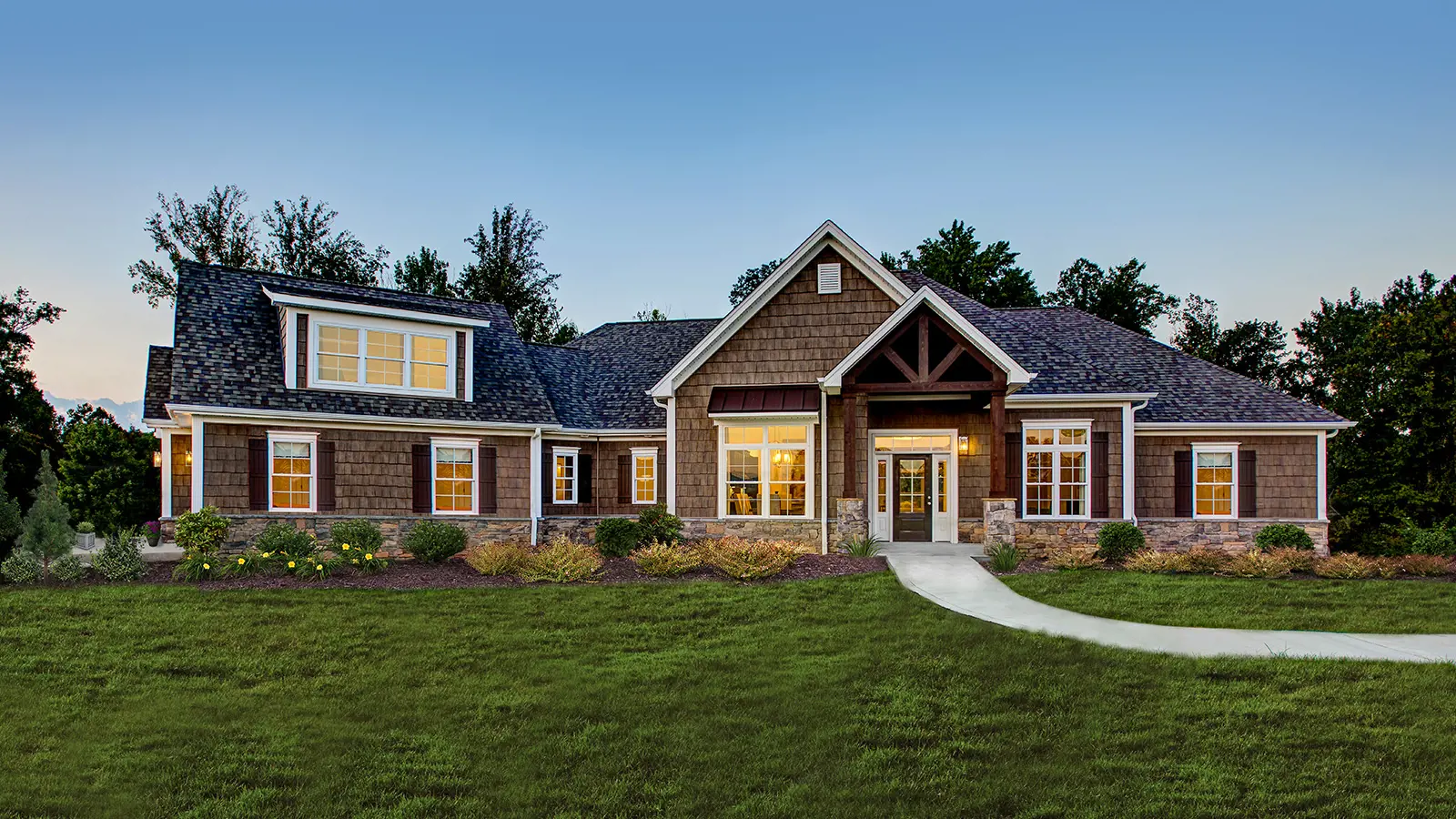
Any addition to a home, existing or custom, requires financial planning. But what about space planning?
While it might sound like something from science fiction or a manic design trend from the 1950s, space planning helps home builders and their buyers achieve the best possible layout for their current needs, with a nod to potential renovations down the road.
Square footage is the perpetual currency in which the life of a home negotiates its longevity. Acquiring more of it by building out, up, or through total renovation must be met equally by a proper budget and thorough design considerations that ensure your budget goes as far as you would like.
That’s where Schumacher comes in. Wherever you are in the custom home planning process, we are here to help you consider every possible customization for today and tomorrow. Here are a few creative ways recommended by our team of design experts to lay the groundwork for a potential renovation in the future whether it’s to add space for a growing family, multiple generations residing under one roof, or simply as a sound investment towards resale value. This is the freedom and flexibility of a custom home: plan now, expand later.
Living Space, Defined
First, let’s get acquainted (or reacquainted) with some terms that will further define portions of this discussion. What is the difference between total square feet versus total living square feet? It’s more than semantics. Total square feet computes the total footprint of your home including storage, the garage, even the basement and/or attic. While total living square feet is just that – the number of square feet of livable space in your house. Most of this article will dive deep on creative ways you can add more livable square feet in some cases by reclaiming it from other places and distributing it throughout the life of your home.
Zoning and Codes
Floor planning for potential future customizations requires open dialogue with your Schumacher team at the start of the custom homebuilding process. You’ll also need to take into consideration and adhere to any HOA, neighborhood zoning or code rules local to where you’re building. Keep in mind every building scenario is different with some neighborhoods having one set of rules for construction and another for renovations or additions. Depending on where you’re building, our team can help guide you on the best resources to consult for new construction versus renovation regulations.
Plan to Turn Unfinished Areas into Full Living Spaces
If you live in a region of the country where basements are the standard in home construction, these spaces are the first place to plan for adding more square footage in the future. Imagine the possibilities of a finished basement’s added space: a private in-home gym, a mancave, a her haven, an in-law suite or other guest accommodation. If you’re building now but a finished basement seems like a distant decision saved for many years to come, we still recommend including the required egress window in your floor plan along with a basic set up for plumbing. Even if you’re not quite sure what your finished basement will become, it’s more cost effective to incorporate these items into the skeletal framework now for an eventual buildout and avoid the costly complications of bringing up to code later.
Many of these same possibilities apply to finishing an attic; transforming existing storage into the perfect space for a playroom, a tranquil guest bedroom, a “do-not-disturbable” office, or multipurpose media room. Just remember if you are going to bring attic space into the realm of living space, you’ll need direct staircase access and at least 7 feet in ceiling height.
Imagine Dormers
Speaking of ceiling height, another route to increasing useable space in an attic or loft is through a dormer. These not only add precious ceiling height to smaller areas for functionality and versatility but also enhance your home’s curb appeal. Take a walk down any neighborhood street and see how dormers can add a timeless complement to just about any type of home architecture from craftsman cottages to coastal retreats.


Consider Porches or Patios as Possible Future Sunrooms
After the pandemic grounded people’s plans and found everyone staying in more frequently (an agreeable trend for some of us still), we’ve seen a renaissance in renovations to bring outdoor living spaces back indoors. Talk with your New Home Consultant about the possibility of converting an outdoor living space into a sunroom from the start of your construction process to ensure it be done as cost effectively as possible. Like the seasons, how you relax with and entertain guests in your home changes over the years; a back patio that was once the perfect outdoor escape for warmer months may better serve as a year-round and cozy sunroom in the years ahead.
Add Living Space Over a Garage
It’s worth noting that even with proper planning at the blueprint phase, any addition or renovation done after you’ve moved in will have its inconveniences. That’s why there’s a true bonus to adding square footage above unattached structures like your garage. Adding a guest apartment or in-law suite above your garage leverages the existing foundation, framing, and electrical infrastructure to add square feet at a fraction of the cost (with potentially less complications) than other types of future renovations.
Recompose Your Kitchen
Kitchens are one of the safest rooms in the house to invest for the future. Many of our floor plans put the kitchen in the center of the home with ample room for future renovations by reclaiming space originally intended as flex space into a breakfast nook or walk-in pantry. Because of its central location, a kitchen is also a good candidate to add extra square feet by way of a bump out or direct expansions.

Free Up or Combine Open Spaces
We see open floor plans continue to trend with our customers because of the flexibility they provide. These types of floor plans support customization by leaving some usable space decisions defined and others as “yet to be determined.” When in doubt an open floor plan’s framework today can accommodate more specific living needs later that allow you to reconfigure and free up some spaces for larger additions in other places; like combining two rooms into one or converting space under a large window into built-in storage trunks. Adding storage space in more open, less utilized areas may allow you to add more living space in other areas where you need it most.
The Longevity of Customization
Up front planning is vital to ensuring the groundwork has been properly laid for future renovations and additions, however there are some customizations that may be more economical and feasible only during your home’s initial construction. The ultimate decision whether to increase square footage now or in the years ahead should be a balance between your budget, your current living space requirements, and the return on investment towards resale value.
Take a different kind of model home tour with a room by room walk-thru of different ways to expand your square footage in the years to come. Come see the possibilities at any one of our Design Studios and Model Homes. Experience the Schumacher difference, today.
About Schumacher Homes
Schumacher Homes, based in Canton, Ohio, is America’s largest custom homebuilder, with operations in 25 locations in 12 states across the country. The National Housing Quality award winning company has built over 20,000 homes, customized to fit each family’s lifestyle, since its founding by Paul Schumacher in 1992. Schumacher Homes takes each customer’s inspiration and gives it a home. Each Schumacher Homes location includes a one-stop shopping design studio and model homes displaying the latest in architectural and product trends.
